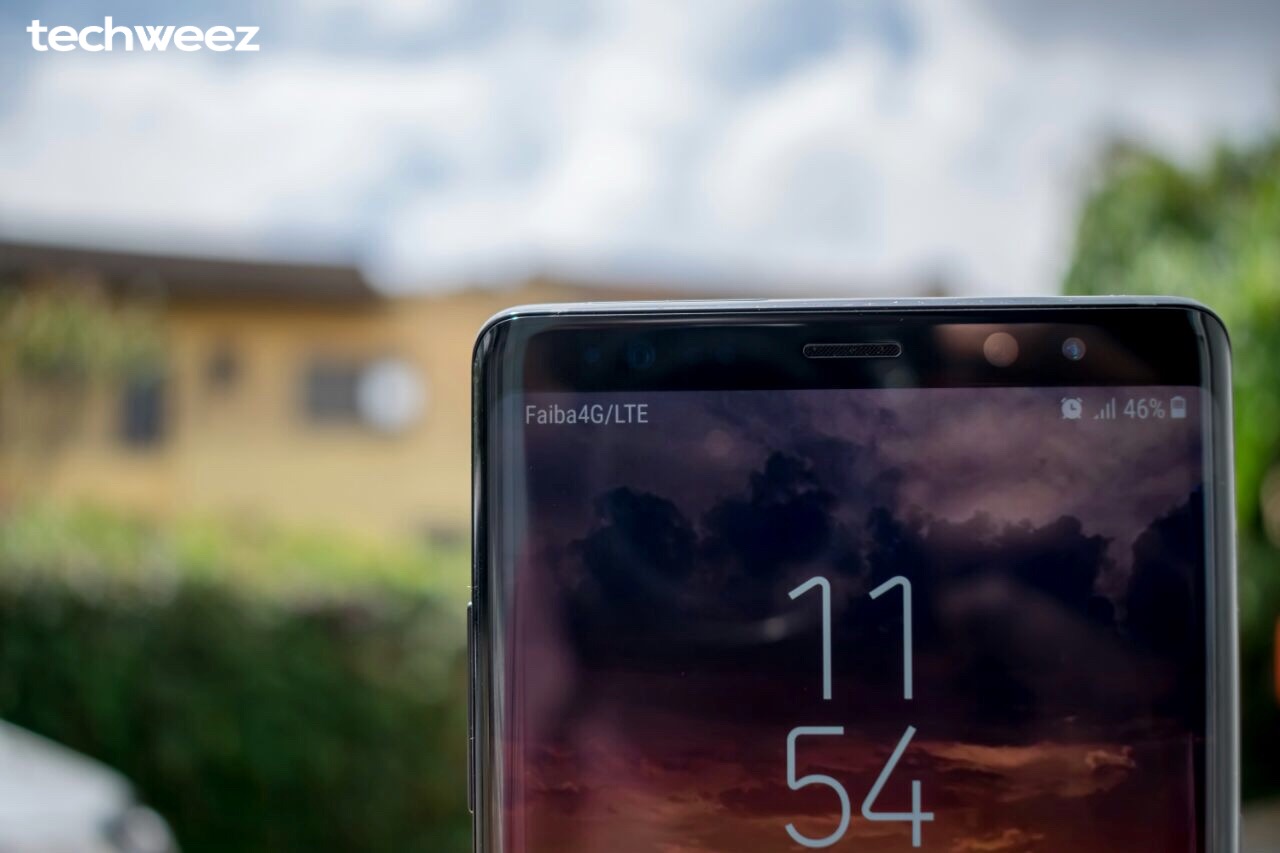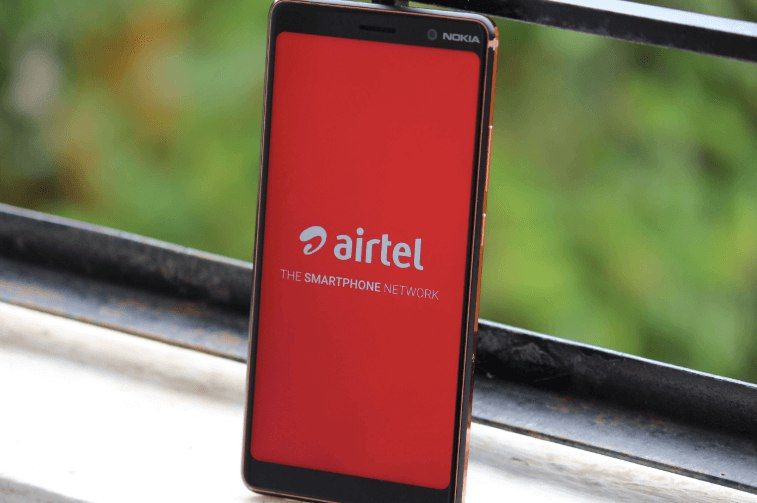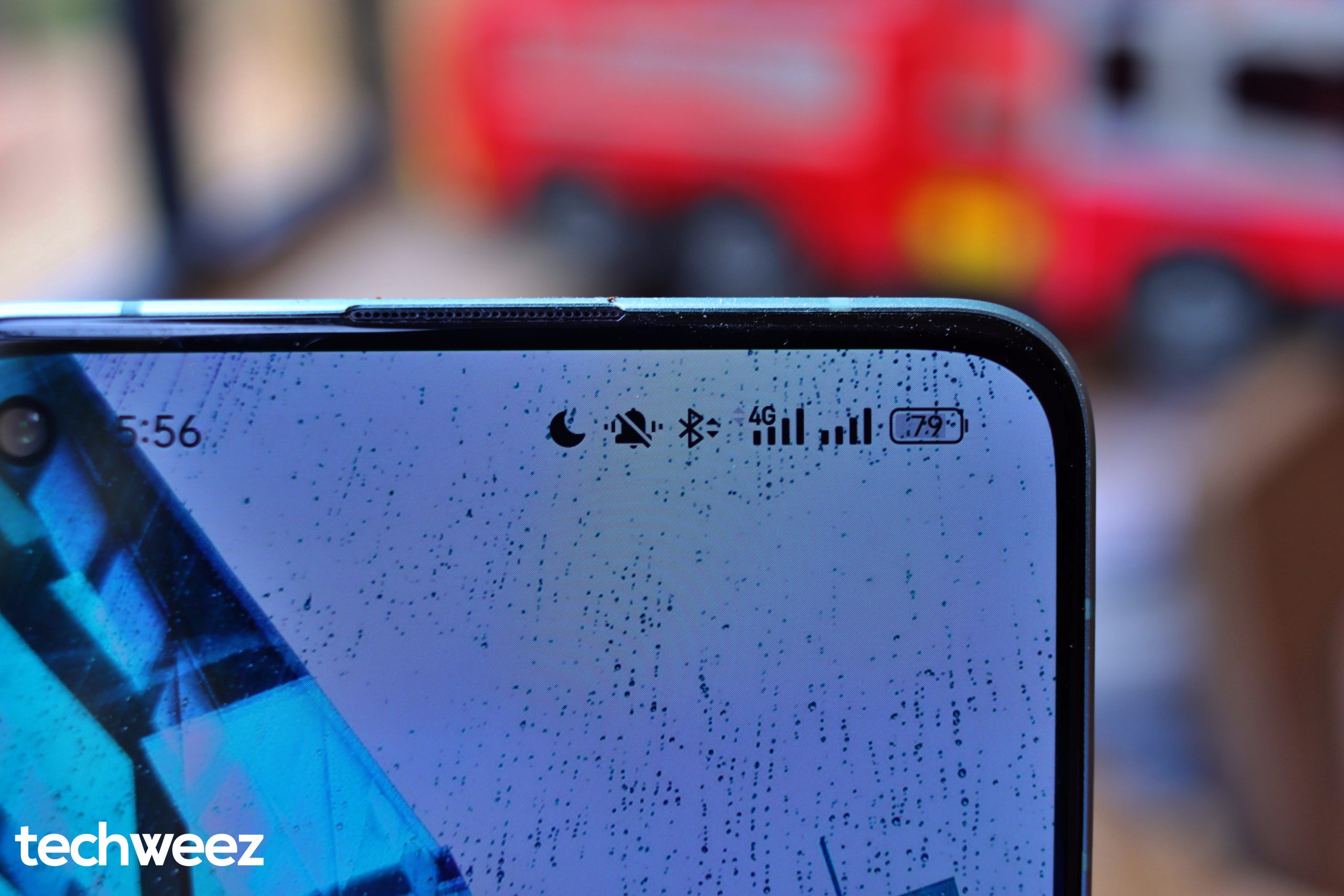Telcos globally, in the continent and in the country are switching to 5G. We’ve even seen 5G devices being launched in Kenya ranging from the OPPO Reno6 5G, OPPO Reno7 5G, and vivo V23 5G to the Samsung Galaxy A33 5G in the past couple of months.
Even with all this progress, the main stable is still 4G for a lot of people in the country and two of the most popular telcos in Kenya are ramping up coverage in regions still lacking in a bit to catch up with their top rival.
Telcos offering 4G services in the country are Faiba 4G, Equitel 4G, Telkom, Airtel and Safaricom.
Before we dive in, here are some interesting overall stats from the Communication Authority of Kenya(Q3: Jan – Mar 2022):
- Total Mobile (SIM) Subscriptions sit at 64,961,031 – a drop from 65,085,720. This represents a mobile (SIM) penetration rate of 131.4%. The decrease is partly attributed to the ongoing SIM registration exercise the regulator mandated during which a number of SIM cards have been deactivated.[Here’s our complete guide to checking your SIM card registration details for Safaricom, Faiba, Telkom and Airtel Kenya]
- Mobile penetration went down by 2.5% as the population grew from 48.7 million to 49.4 million as per the Economic Survey 2022.
- There are over 103,000 3G/4G Base Station Transceivers in the country. The number of transceivers has increased from 42,000 in 2017 to over 103,000 this year.
- Total Data/internet subscriptions sits at 46,590,085.
- The total number of mobile phones in the country sits at 60.1 million with 26.5 million and 33.6 million phones connected to 3G and 4G networks in the country respectively.
- 3G and 4G mobile broadband subscriptions stood at 12.7 million and 16.7 million respectively
- 3G/4G Coverage: 96.3% of the population and 56.3% of Geo-Area
- 2G Coverage: 96.6% of the population and 56.5% of Geo-Area
33.6 million phones were connected to 4G networks in the country as of March 2022.
Faiba 4G
Jamii Telecommunications Limited (JTL) launched the newest mobile network operator (MNO) in Kenya, Faiba 4G in December 2017. They got awarded the license to use the 700MHz spectrum on their 4G network. Their 4G services offered only mobile data, SMS and VoLTE.

They also offered Free on-net calls for life.
At launch, Faiba 4G had 300 base stations.
Last year, the telco launched an eSIM card for Ksh 150 and installed B3/1800 MHz infrastructure so that more smartphones in the country could access its network. This radiofrequency represents more than 48 per cent of all 4G networks in the world and has the largest 4G user devices ecosystem with about 65 per cent of all LTE smartphones.
Early this year, JTL also announced that its SIM registration was fully compliant with the Communication Authority guidelines. The Communication Authority of Kenya had been calling Kenya telcos to validate their subscriber details ahead of the April 15th deadline.
“We have and continue to comply with its legal mandate of ensuring no SIM card is registered without possession of the relevant registration documents. Therefore means that at the point of purchase of our SIM card, these details were captured,” the telco shared.
In terms of market share in domestic mobile traffic, JTL’s Faiba recorded the least at 0.0% for both voice and SMS traffic.
- Faiba ranks third when it comes to mobile internet speeds in Kenya as of Q2, 2022 scoring 14.08 Mbps.
- Faiba leads in terms of latency at 21 ms.
- In terms of consistency, they rank third at 65.7%.
Equitel
A year ago(August 2021), Equitel became the fifth provider to offer 4G services in Kenya. As part of the launch, the mobile virtual network operator offered customers a 100% bonus by doubling their data bundles.

The new Equitel 4G SIM cards were available across all Equity branches countrywide.
This offer has worked as the MVNO managed to outbid JTL’s Faiba to score 0.1% market share in domestic mobile traffic(voice). SMS traffic sits at 0.0%.
The MVNO also provides a distinctive, agile and secure mobile channel that seamlessly integrates banking and other financial products and services while providing value-added telco products and services.
Telkom Kenya
Telkom Kenya began expanding their infrastructure and network modernisation in late 2016 and on June 6, 2017, Telkom Kenya launched their 4G/LTE network across 28 towns in Kenya – this was six years after they had launched its 3G network in the country.

Telkom Kenya has been steadily boosting the availability of its 4G services since then including partnering up with Google’s Loon program in 2018 to beam a 4G/LTE connection to the masses in underserved areas.
High-flying balloons are used to beam 4G signals to underserved and remote areas where ordinary telco infrastructure cannot be set up such as traditional masts due to geographical challenges.
The rollout was even hastened by President Kenyatta following the start of the pandemic in early 2020. Loon went official in July 2020 after undergoing two years of testing and regulatory approval and certification, including one from the Kenya Civil Aviation Authority (KCAA).
The balloons(35) offered service to areas spanning 50000 square kilometres with priority given to Iten, Eldoret, Baringo, Nakuru, Kakamega, Kisumu, Kisii, Bomet, Kericho, and Narok towns.
It was reported that more than 35000 people had since been connected to the internet via the balloons without them knowing they are using the service.
Loon’s 4G speeds were reportedly hitting 19 Mbps or thereabouts (down), and about 5 Mbps Up.
The same year saw the failed merger with Airtel Kenya. Telkom Kenya and Airtel Networks announced that they had mutually dropped their planned merger talks, which had been ongoing since early 2019. Telkom said that the challenges experienced in getting approvals required to complete the transaction led it to evaluate alternative strategic options.
- Telkom-Airtel Kenya Merger Rumoured to Take Shape Amid Talks with Top Executives
- Telkom-Airtel Kenya Merger May Render Competition Report Obsolete
- Telkom and Airtel Kenya Merger is Official, To Be Named Airtel-Telkom
- Telkom Kenya CEO Mugo Kibati Clarifies Merger Deal with Airtel and State of Market Dominance
- Competition Authority of Kenya Approves Airtel-Telkom Merger
- Telkom Kenya Takes Graft Agency to Court for Interfering with Airtel Merger
- Telkom and Airtel Mutually Decide To Drop Merger Talks
In January 2021, Alphabet(Google’s parent company) shut down Loon. Citing a lack of “long-term, sustainable business”, Astro Teller, X Chief recommended that Alphabet no longer fund it.
In the blog post, the company added that Project Loon was a successful experiment.
Loon continued their pilot service until March 1 that same year and committed to a fund of $10M that was pledged to support nonprofits and businesses focused on connectivity, internet, entrepreneurship and education in Kenya.
Telkom Kenya CEO, Mr Mugo Kibati said in a company statement that they would continue with their long-term terrestrial network expansion plan.
While it does very well in urban centres, Telkom Kenya’s LTE coverage is not as diverse.
Telkom Kenya partnered up with Ericsson and systems integrator NEC XON in November 2021 to supplement Telkom’s 4G sites. The plan, costing USD 100 million, is to add 2000 sites to the operator’s network by 2023.
Last month, the telco announced that they were expanding their 4G coverage, and this time around at the Coast and Lower Eastern regions, meaning it serves Mombasa, Kilifi, Kwale, Lamu and Taita Taveta. The expansion also stretched to Makueni, Machakos, Kitui, and Kajiado Counties.
In terms of market share in domestic mobile traffic, Telkom Kenya came third at 2.0% and 0.5% for both voice and SMS traffic respectively.
- Telkom ranks fourth when it comes to mobile internet speeds in Kenya as of Q2, 2022 scoring 4.71 Mbps.
- In terms of latency, they’re the third at 28 ms.
- In terms of consistency, they rank fourth at 40.5%.
Airtel
Airtel launched its 4G network in May 2018 and has been ramping up its coverage for the past few years.

Last month, Kenya’s second leading telco shared that they had bought 60 MHz of additional spectrum in the 2600 MHz band from the Communications Authority of Kenya for USD 40 million valid from July for a period of 15 years.
This purchase puts the telco in a better position should it choose to roll out 5G services in the future. They’ll be playing catchup as their main rival, Safaricom, already has 5G services in the pilot phase since March 2021.
Airtel’s 4G coverage is still unknown as they don’t share those details in their investor briefs.
The network together with Telkom is very popular especially among cost-conscious users thanks to its pocket-friendly data bundle pricing.
In terms of market share in domestic mobile traffic, Airtel Kenya comes second at 30.0% and 10.0% for both voice and SMS traffic respectively.
- Airtel ranks second when it comes to mobile internet speeds in Kenya as of Q2, 2022 scoring 15.71 Mbps.
- In terms of latency, they’re second at 23 ms.
- In terms of consistency, they rank second at 79.3%.
Safaricom
Safaricom has held the helm when it comes to 4G coverage since launching the network in December 2014.

The early lead has given them the upper hand even as they have hopped onto 5G being the first to begin its pilot phase in March 2021.
State of Safaricom 5G in 2022 As Telco Acquires 2600 MHz Spectrum
Safaricom doesn’t shy away from sharing coverage with their latest stats from their investor briefing reporting 97 per cent and will likely hit the 100 per cent mark soon.
You can basically access fast Safaricom speeds anywhere in the country.
Safaricom has the most robust network around, which is why millions of Kenyans would rather use it, although it is more expensive than the competition.
The number of active 4G devices on the Safaricom network jumped 29.3 per cent YoY to nearly 11 million, of which 51.3 per cent are 4G handsets using more than 1 GB of data.
Data customers using more than 1GB in the Safaricom network grew 26.5% YoY to 7.7 million. Mobile data now accounts for 17.2% of Service Revenue.
11 million smartphones connected to Safaricom’s 4G network.
4G population coverage now stands at 97% and smartphones in its network grew 10.2% to 18.5 million.
In terms of market share in domestic mobile traffic, Safaricom leads the five at 67.8% and 89.5% for both voice and SMS traffic respectively.
- Safaricom takes the crown when it comes to mobile internet speeds in Kenya as of Q2, 2022 scoring 22.74 Mbps.
- In terms of latency, they’re the last at 30 ms.
- In terms of consistency, they come second to none at 82.4%.
One More Thing
Apple’s flagship phones are the fastest phones that take advantage of mobile connectivity in Kenya led by the iPhone 12 Pro Max, iPhone 13 Pro Max, and lastly the iPhone 11 according to analysis from Ookla.
The speed testing firm also shared that Mombasa recorded the fastest median mobile download speeds in Kenya at 23.59 Mbps, followed by Kisumu at 19.38 Mbps, Nairobi at 17.89 Mbps, Eldoret at 15.53 Mbps, and Nakuru at 13.88 Mbps.
Summary
Domestic mobile traffic
- Safaricom: 67.8% and 89.5% for both voice and SMS traffic respectively. 11 million smartphones connected to Safariocm’s 4G network
- Airtel: 30.0% and 10.0% for both voice and SMS traffic respectively.
- Telkom Kenya: 2.0% and 0.5% for both voice and SMS traffic respectively.
- Equitel: 0.1% market share in domestic mobile traffic(voice). SMS traffic sits at 0.0%.
- Faiba 4G: 0.0% for both voice and SMS traffic
TL;DR:
Mobile Internet Speeds in Kenya Ranking
- Safaricom: Median speed of 22.74 Mbps.
- Airtel Kenya: 15.71 Mbps.
- Faiba: 14.08 Mbps.
- Telkom: 4.71 Mbps.
Latency Ranking
- Faiba: 21ms.
- Airtel Kenya: 23ms.
- Telkom: 28ms.
- Safaricom: 31ms.
Consistency Ranking
- Safaricom: 82.4%.
- Airtel Kenya: 79.3%.
- Faiba: 65.7%.
- Telkom: 40.5%.





























